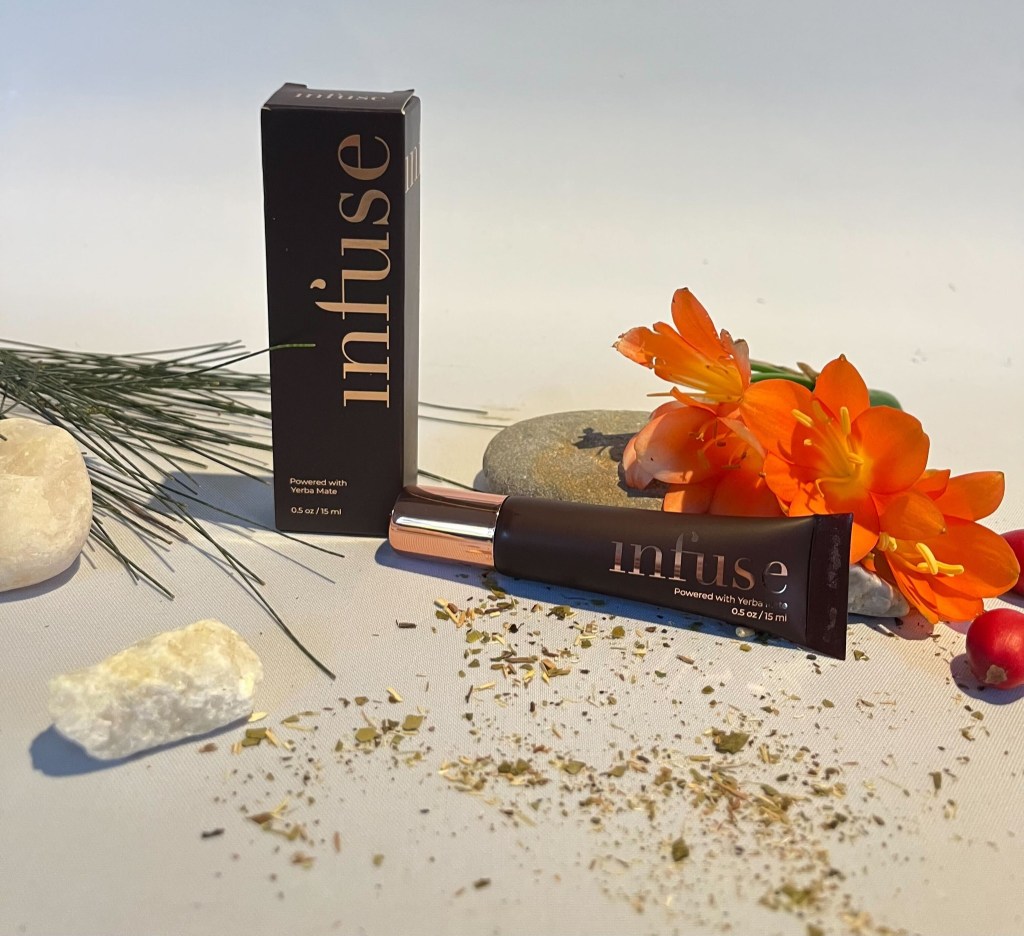What is CPG? | CPG meaning
CPG, or consumer packaged goods, are products that consumers purchase frequently like clothing, beauty products, and other household products. These products generally have a short lifespan and are intended to be used soon after purchase. Every CPG company has to deal with a highly competitive market and limited shelf space. However, the demand is also high, so success can lead to revenue and increased market share quickly.
What is FMCG? | FMCG meaning
FMCG, or Fast-moving Consumer Goods, refers to products that you can sell quickly at relatively low cost. They are considered moving because retailers need to restock the shelves regularly due to high turnover rate. This is either because they are perishable or the demand is generally high.
Types of FMCG
As a general rule, FMCG refers to products that consumers use (almost) every day. Like products termed CPG, FMCG products are regular purchases. However, you can think of FMCG as a subset of CPG, as a group of products that just sell a bit faster than most.
Here are a few product types that fall under the FMCG umbrella:
- Toiletries – Things like soap, shampoo, deodorant and toilet paper
- Beverages – Like coffee, bottle water, soda, and juice
- Processed Foods – Like cereal, potato chips, microwave meals, and boxed pasta
- Health and Wellness Products – Like over-the-counter medicine, supplements, protein powder, health drinks, and lotion
Are CPG and FMCG the same?
Some may claim that CPG is totally the same as FMCG, but we’re here to clarify that there is at least one feature that sets them apart. Your first hint is that CPG is conspicuously missing the “fast” part of the name. CPG brands, while still “fast”, are sold just a bit more slowly than brands technically termed FMCG.
For example: Imagine you’re at your favorite local big box retailer. You stop in to purchase your weekly groceries, but you also wander into the cosmetics section and buy yourself a new nail polish color or face mask. It’s not as “fast-moving” a consumer good as, say, potato chips, or something that goes in your grocery cart every week. However, it is still relatively cheap, and purchased with relative frequency.

Get the Low-down on Pricing & Promotion Optimization
In our free eBook, we share some of the most important factors impacting CPG brands and their pricing strategies, how to overcome them, and the tools available for them to use as they take a closer look.
What are the main differences between CPG and FMCG?
One of the most important differences between CPG and FMCG is the way we talk about sales. If this is your area in the retail industry, you’ll need to be cognizant of the impact these differences have on sales velocity. For example, let’s say a manufacturer sells a million dollars worth of milk. Let’s say that same manufacturer sells a million dollars worth of cat litter. These are very different sales achievements. It’s a lot easier to achieve volume in milk sales—an FMCG used every day—than in litter sales.
One more way these terms differ is in their regional use. You may notice that in North America, industry folks are inclined to use CPG. Whereas internationally, FMCG seems to be the preferred nomenclature.
Ultimately, it’s helpful to be informed of these nuances in the ways these terms may be used. Yet, you’re unlikely to be policed for using one over the other. The key thing to remember is that both CPG and FMCG brands are:
For a consumer
- Frequent purchases
- Low engagement (little or no effort to choose the item)
- Low price
- Short shelf life
- Rapid consumption
For a marketer:
- High volumes
- Low contribution margins
- Extensive distribution
- High inventory turnover
How to use retail data for FMCG and CPG
One of the most important ways a CPG manufacturing business can optimize their sales of both CPG and FMCG products is by using retail analytics. If you don’t know what products are selling fastest and in what markets, you risk falling behind. If you know one of your products is selling faster than others, you can invest strategically to increase sales velocity and gain more distribution.
Fortunately, with Byzzer’s reporting solutions, you can have all the data you need at your fingertips. Depending on your product line, you need to know how much to adapt to consumer needs and retailer sales capabilities. Byzzer provides breakdowns of all these attributes in easy-to-digest reports. Best of all, we’ll show you how to leverage this information for your action plan.

Bottom line: Understanding FMCG and CPG is key
Understanding the lingo of CPG businesses can help you better understand the consumer and grow stronger relationships with retailers. You don’t want your CPG pitch deck using the terms incorrectly and hurt your chances of getting more distribution.
We also highly recommend you reach out to our team, so we can help you build a customized paid plan with Byzzer. You can have sales data and much more available for any need that may come up. That’s the power of NielsenIQ.




